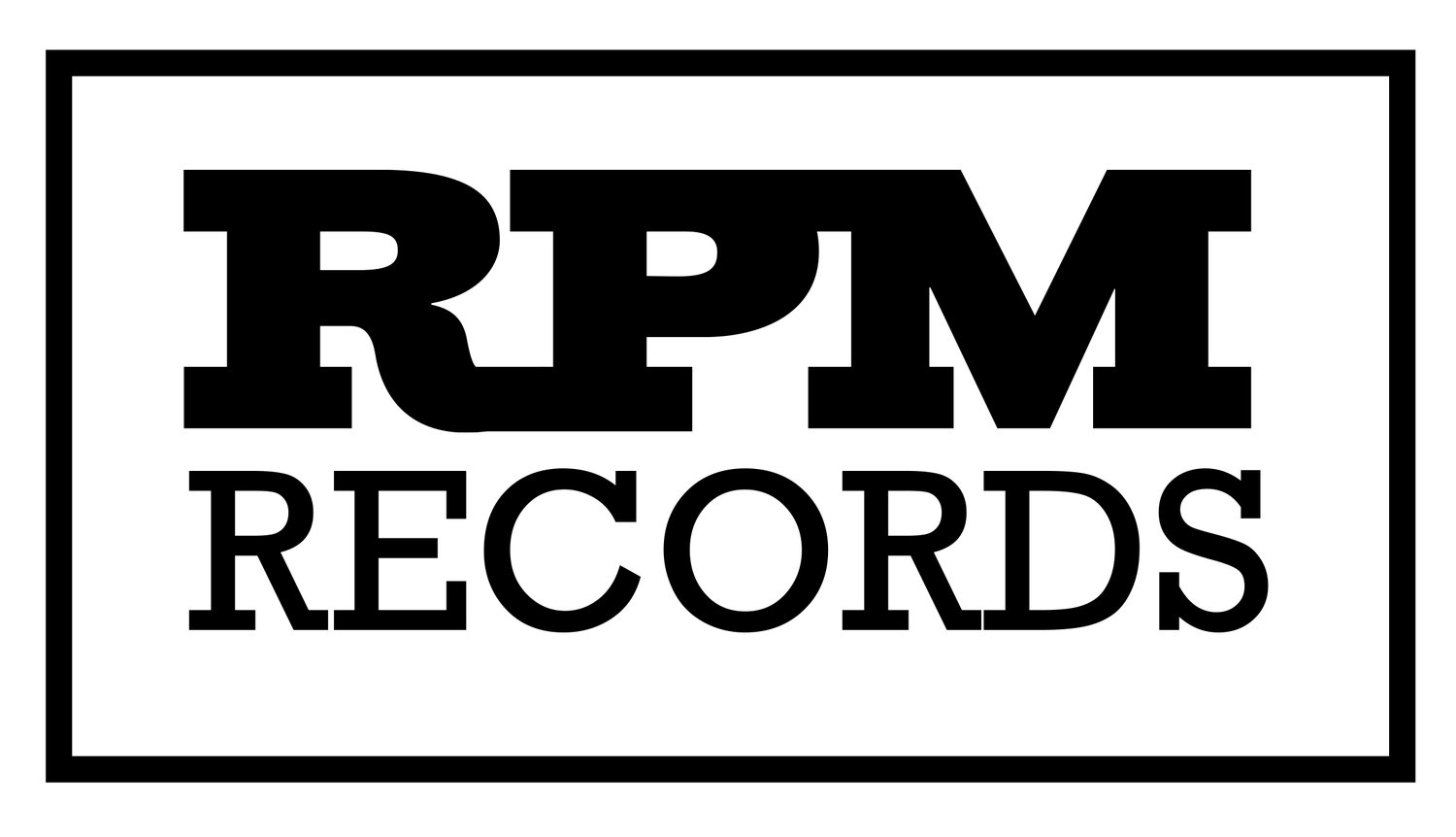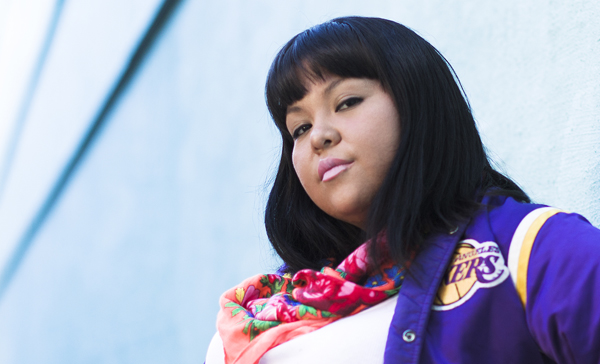Eternal Love: Hip-Hop Artist and Cacique Mestizo
/Mayan hip-hop artist David Ernesto Gutierrez-Guevara, aka Eternal Love, creates work inspired by politics, poverty, religion and social class. He’s worked with Diabolic, Hassan Salam and The Circle, Prince E. and Chino XL making a name for himself as a producer, collaborator and solo-artist.
RPM talked with him about education, connection, discovering his Indigenous identity and becoming the Mixed King.
RPM: Let’s start with an introduction, Indigenous style.
Eternal Love: Technically I’m Matagalpian, Granadino and Leones from Nicaragua, so that would be my nation. From what I know we’re a Maya nation, and I don’t have a traditional name, unfortunately. David, or Eternal Love, is good to go. That’s pretty much my heritage right there, other than the colonist mix and the Celtic mix in me.
RPM: How has your Mayan Indigenous culture influenced your music creation?
Eternal Love: Honestly I didn’t start knowing much about it until the last year to two years. So it’s helped in the fact that for my new album I’m going back home. I’m trying to go to my roots and do an all Latin album based on the fact that I’m Indigenous from there, so the album is actually called Cacique Mestizo. Mestizo is the mix of Native with colonist and Cacique is the word for king in our native language. So, I’d be the mixed king essentially.
RPM: Mestizo and Métis are kind of like the same thing - that mixed blood is now a categorization of Indigenous culture.
Eternal Love: Yes same kind o concept. But with us more central American Indigenous. And it’s not the French mix, we’re the Spanish mix, technically.
RPM: When you were growing up what were your main influences from Indigenous culture?
Eternal Love: My mom was a traditional dancer - folklore dances - so I grew up seeing that. My family is also all musicians, back home they were a very well known band, so I grew up with all the different arts that we have in our country. I grew up very Afro-Caribbean as well. My love affair with music started with Reggae and more Afro beats as opposed to your traditional Rock or Hip-hop that you would hear now. It also started with the Latin side of stuff - salsa, meringue and bachata - all that, mixed with the Afro-Caribbean side and the more Afro beats.
RPM: I know now you working with Songweavers and a lot of the Indigenous community here in Vancouver, can you tell us what that’s been like?
Eternal Love: It’s been awesome actually. It helps me. I wanted to know more about my roots and since I come from a meso-American culture, I figured getting into knowing the different cultures out here would help me discover more about mine, and the similarities we have. It was an awesome experience, meeting everybody and seeing all the different cultures, just from around this area in BC, all together as one. It’s really inspiring to see, and I hope the rest of the world can get to see stuff like that so we can actually connect more as a people, as opposed to just seeing that they’re separate nations.
RPM: There is a lot of political separation between our people here and a kind of constant rediscovery of our culture as well as the rest of the world discovering our culture.
Eternal Love: That’s what I thought was so dope, it was all so awesome to see how the community embraces outsiders, non-Aboriginals. I thought that was really cool. I was very accepted and I just loved it, the people, everything. It was like being back home to me, honestly, minus al the Spanish.
RPM: What other work do you do other than music?
Eternal Love: Music is the main thing right now. Just trying to promote the new album and get my name out. The Indigenous Holiday project that I’m working on right now actually is trying to unite Indigenous nations from around the world and bring an awareness of colonization and the effects, the negative effects it had on us. And the effects it still has today, which people seem to like think that it disappeared, or that we’re not still effected from what happened back then, which is definitely wrong. You can see the effect in reservations - the loss of our own individualism, our own culture and our roots.
RPM: We use Hip-hop as catalyst for a new type of culture because of our cultural disconnect.
Eternal Love: I like that. Hip-hop is definitely a widespread culture that I guarantee anthropologists years from now are going go be like” whoa that was crazy subculture”. It unifies so many people around the world.
RPM: What other future music plans do you have?
Eternal Love: Going back home to do the next album, get a tour going. I want to go Europe, Asia, Africa, Australia, everywhere. I want to travel. So my plan basically is just to spread out as much as I can, starting with Latin America as the next move. Then hopefully Europe, Asia, Australia, keep going from there.
RPM: Space!
Eternal Love: Ya! The universe. Other planets! If I can get beings on other plants listening I’m so there.
RPM: The technology is almost there man.
Eternal Love: For sure.
RPM: Tell us about your crew.
Eternal Love: Guardians of the Earth Third World Order, is kind of spread out all over the place. it’s a conscious Hip-hop movement that features a lot of talent from Vancouver and around the world. We’ve got talent out in Peru, Nicaragua, Costa Rica, as well as the states, Canada, some in Europe as well, Spain, and it’s a movement to bring about change, positive change for the world and for the people. Education is the main basis. And positive vibes, just trying to keep everybody moving on up.
RPM: What’s the one thing an artist should never do on stage?
Eternal Love: Don’t stop if you mess up. If you mess up a lot of times people will not know. So stopping the show is an no no, and apologizing for your mistakes is a no-no because more than likely nobody noticed.
RPM: Is there anything else you want to share with the world of Indigenous Music Culture.
Eternal Love: A couple words is definitely just stay strong, ‘cause the system was meant to keep us down and to not let us rise up. So stay strong, do what you always do and keep doing it – always move with your heart forward. It’s your life and you are the one walking in your shoes.
Connect with Eternal Love on Facebook, Bandcamp and thirdworldorder.com.









 Julie Lafreniere is an award-winning writer, communications professional, hip-hop head, masters student, yogi and mamabear who's dad is an Indian and mom is a cowboy. Follow her
Julie Lafreniere is an award-winning writer, communications professional, hip-hop head, masters student, yogi and mamabear who's dad is an Indian and mom is a cowboy. Follow her 




